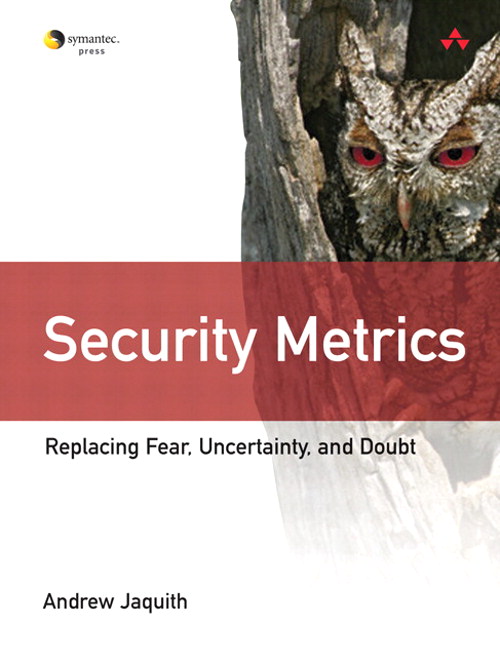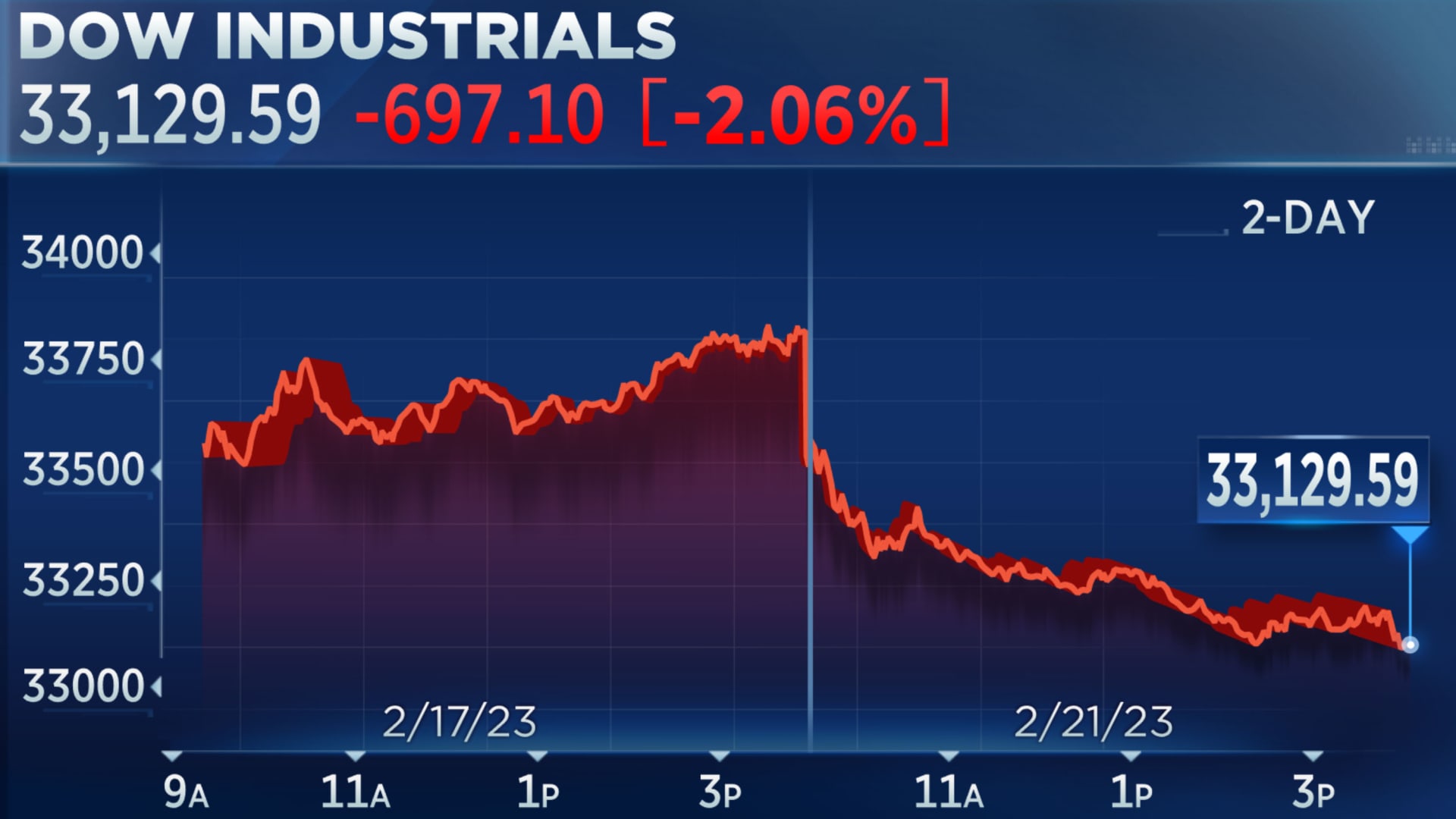Is The Real Safe Bet A Myth Or A Reality? Finding Security In Uncertain Markets

Table of Contents
Understanding Risk Tolerance and Investment Goals
Before searching for the perfect "safe bet," it's crucial to understand your own risk profile and align your investments with your long-term financial goals.
Defining Your Risk Profile
Your risk tolerance determines how much fluctuation you're comfortable with in your investments. This varies greatly from person to person.
- Conservative: Prefers low-risk investments with minimal potential for loss, prioritizing capital preservation. Examples include high-yield savings accounts, government bonds, and certificates of deposit (CDs).
- Moderate: Balances risk and reward, accepting some volatility for potentially higher returns. Examples include a mix of bonds and stocks, or balanced mutual funds.
- Aggressive: Willing to accept higher risk for potentially greater returns, often investing heavily in stocks and other high-growth assets. Examples include individual stocks, growth stocks, and emerging market funds.
To determine your risk tolerance, ask yourself:
- How comfortable am I with the possibility of losing some or all of my investment?
- What is my time horizon for this investment? (Longer time horizons generally allow for greater risk-taking.)
- What is my overall financial situation? (A stronger financial foundation allows for more aggressive investing.)
Aligning Investments with Goals
Your investment strategy should directly support your financial goals. These goals might include:
- Retirement: Long-term investments with a focus on steady growth and income generation.
- Education: Mid-term investments with a balance of growth and preservation of capital.
- Down Payment on a House: Short-term to mid-term investments with a focus on capital preservation and liquidity.
Suitable strategies depend on your time horizon and risk tolerance:
- Long-term goals: Generally allow for more aggressive strategies with higher risk and potential reward.
- Short-term goals: Often necessitate more conservative strategies to minimize risk.
Diversification is essential in achieving your goals. Spreading investments across various asset classes reduces the impact of poor performance in any single area.
Debunking the Myth of the "Risk-Free" Investment
The search for a truly "risk-free" investment is often a futile one. While some investments are considered lower risk than others, no investment is entirely devoid of risk.
The Illusion of Guaranteed Returns
Many investments are marketed as "safe," but this often overlooks hidden risks:
- Inflation risk: The erosion of purchasing power due to rising prices. Even a seemingly safe investment like a savings account may not keep pace with inflation.
- Liquidity risk: The risk of not being able to easily convert an investment into cash when needed. Real estate, for example, can be difficult to sell quickly.
- Interest rate risk: Changes in interest rates can impact the value of fixed-income investments like bonds.
Analyzing Risk vs. Reward
The fundamental principle of investing is the trade-off between risk and return:
- Lower-risk investments generally offer lower potential returns.
- Higher-risk investments offer the potential for higher returns, but also a greater chance of loss.
Understanding the risk profile of each investment is crucial for making informed decisions. A diversified portfolio balances risk and reward to align with your individual risk tolerance and financial goals.
Strategies for Finding Security in Uncertain Markets
While a completely "safe bet" is elusive, several strategies can significantly enhance your financial security in uncertain markets.
Diversification
Diversification is a cornerstone of risk management. Spreading your investments across different asset classes reduces the impact of poor performance in any one area. Consider these asset classes:
- Stocks: Represent ownership in companies; offer higher potential returns but higher volatility.
- Bonds: Debt instruments issued by governments or corporations; generally less volatile than stocks.
- Real Estate: Tangible assets that can provide both income and appreciation; illiquid but can offer diversification benefits.
- Commodities: Raw materials like gold, oil, and agricultural products; can act as a hedge against inflation.
- International Diversification: Investing in assets from different countries can reduce risk associated with specific regional economic downturns.
Dollar-Cost Averaging (DCA)
Dollar-cost averaging (DCA) involves investing a fixed amount of money at regular intervals, regardless of market fluctuations. This strategy mitigates the risk of investing a lump sum at a market high.
- Advantages in volatile markets: Reduces the impact of market timing.
- Reduces emotional decision-making: Avoids impulsive buying or selling based on short-term market movements.
Professional Financial Advice
Seeking guidance from a qualified financial advisor is invaluable. A financial advisor can:
- Help you define your risk tolerance and investment goals.
- Develop a personalized investment strategy tailored to your specific needs.
- Monitor your portfolio and adjust it as needed.
- Provide objective advice, free from emotional biases.
Asking a potential advisor these questions will help you find a good fit:
- What is your experience and expertise?
- What are your fees and how are they structured?
- What is your investment philosophy?
Conclusion
The concept of a "safe bet" in investing is nuanced. While there's no truly risk-free investment, strategies like diversification, dollar-cost averaging, and professional financial advice can significantly enhance your financial security in uncertain markets. Stop searching for the mythical "safe bet" and start building a secure financial future with a well-diversified portfolio tailored to your unique risk tolerance and investment goals. Consult a financial advisor today to discover the best strategies for your safe bet.

Featured Posts
-
 Blue Origin Rocket Launch Cancelled Subsystem Malfunction Identified
May 10, 2025
Blue Origin Rocket Launch Cancelled Subsystem Malfunction Identified
May 10, 2025 -
 Canadian Dollars Welcome Seattle Businesses Target Sports Fans
May 10, 2025
Canadian Dollars Welcome Seattle Businesses Target Sports Fans
May 10, 2025 -
 Live Stock Market Updates 80 China Tariffs And Uk Trade Deal Developments
May 10, 2025
Live Stock Market Updates 80 China Tariffs And Uk Trade Deal Developments
May 10, 2025 -
 Hollywood Shutdown Writers And Actors On Strike Impacting Film And Television
May 10, 2025
Hollywood Shutdown Writers And Actors On Strike Impacting Film And Television
May 10, 2025 -
 Accelerating Sea Level Rise Threats To Coastal Cities And Towns
May 10, 2025
Accelerating Sea Level Rise Threats To Coastal Cities And Towns
May 10, 2025
